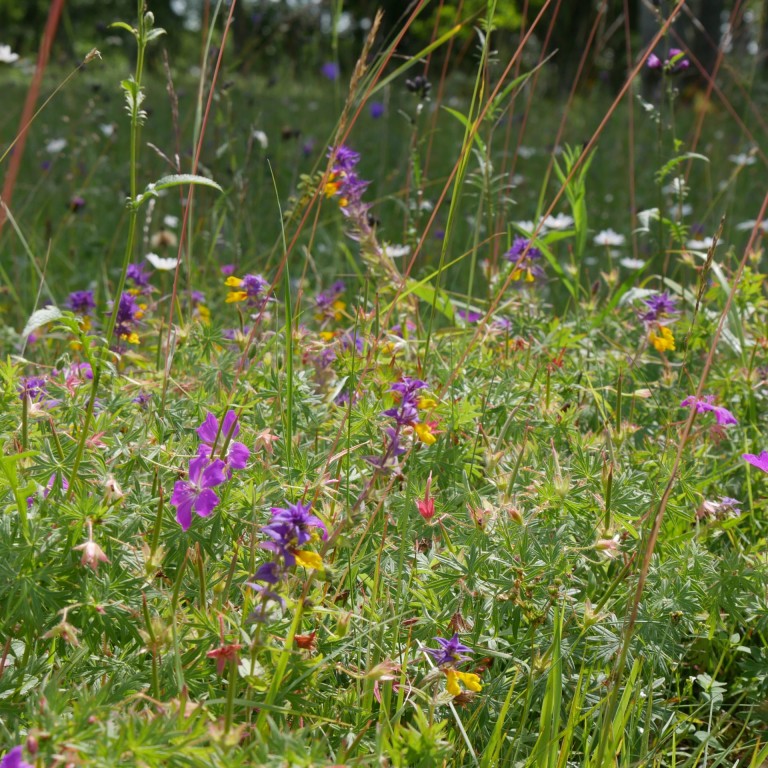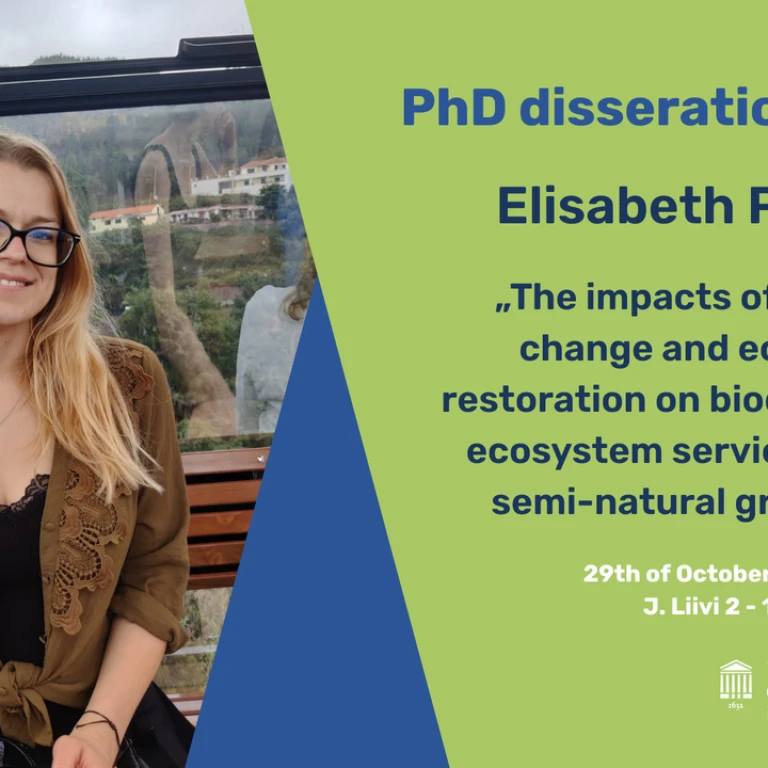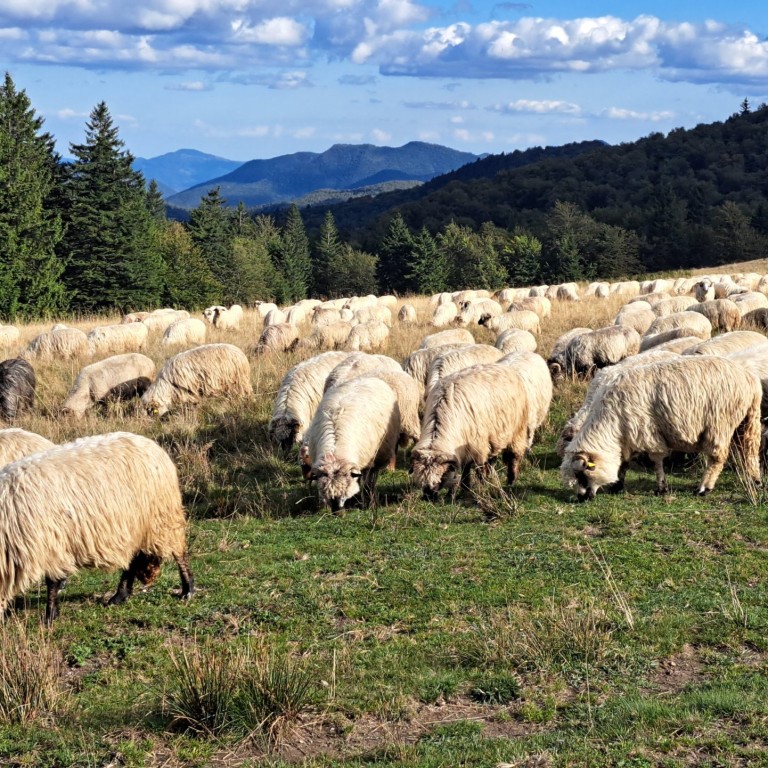
In 2019, in cooperation with the Estonian Fund for Nature, we started the citizen science campaign “Estonia is looking for cowslip”, during which we asked the participants to look at the flowers of 100 cowslips and determine the type (morph) of flower, which could be long (L-morph) or short (S-morph). Many plant species have such a system of flowers with different types developed to prevent self-fertilization, and it is the equal proportion of these types that is important for the viability of the plant community. We have now turned the results of 2019 into a research article in the Journal of Ecology. Analyzing the data, we found that there were more S-morph flowers and the balance of types was more likely to deviate in smaller populations. In addition, we found that the balance of flower types had shifted more in densely populated areas. The results of the study are very important in studying the consequences of landscape changes and show the negative impact of habitat loss. Nature conservation can also draw its own conclusions from this. See also articles in Postimees (in Estonian) and Bioneer.ee (in Estonian) and a post in EurekAlert.
Thanks to all citizen scientists! The cowslip campaign will continue next spring, and we are planning to write research articles studying the data collected in all years.
A graph showing the influence of population size to the absolute deviation from morph balance.



